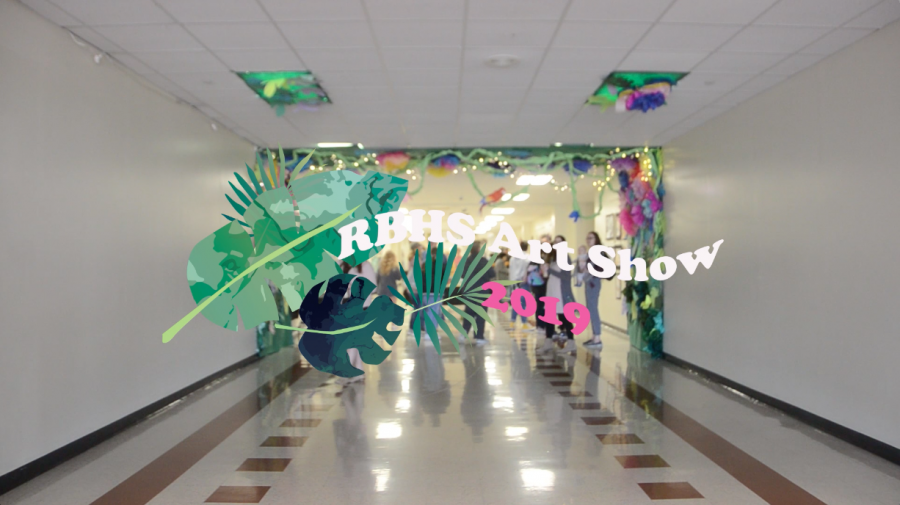
What do the random, scribbled drawings crowding the margins of most high school students’ papers mean? When participants catch themselves scribbling away, they usually attribute their doodles to boredom, but studies have found these drawings help to bring in the wandering mind and aid focus.
Doodling can aid a person’s memory by expending just enough energy to keep one from daydreaming, which demands a lot of the brain’s processing power, according to a study published in the scientific journal “Applied Cognitive Psychology.” Students who may not have the words to express themselves can use doodling as an expressive outlet.
“I start doodling as soon as I get my paper, after I write my name,” sophomore Heather Ramos said. “Sometimes I draw what they are saying so I don’t have to write everything.”
Jackie Andrade, Ph.D., conducted the study at the University of Plymouth, which reported that doodlers in her experiment recalled 7.5 out of 16 total pieces of information on average, 29 percent more than the average of 5.8 recalled by the control group made of non-doodlers.
“There are two things that it really helps me with; sometimes it helps me come up with ideas, especially if I’m about to write a big essay for a class,” senior Torie Deckert said. “Also, it is just a pure stress relief; it helps me from seizing up and overthinking things.”
Besides doodling as a distraction from the monotomy of class lectures, junior Libby Snethen takes the randomness of doodling and turns it into another art project. Using extra class time to decorate the desks of her classrooms, Snethen turns doodling into a game.
“I usually draw faces. I guess I doodle because it helps me concentrate; if I’m not moving my hand I can’t focus,” Snethen said. “In U.S. [history] this year I’ve started drawing historical figures on my desk, and they circulated through the room until they all got erased.”
Social studies teacher Dan Ware used to consider doodling a distraction from students learning, but after teaching kids with all personality types he learned scribbling away during lectures helps certain students retain more information. Something so little as keeping the creative mind flowing can have big impacts on test scores and grades.
“The old me, in my first few years of teaching, I thought, ‘Well, this kid isn’t paying attention. He’s daydreaming.’ But I had some really powerful experiences with students where I came to understand in many cases that was their way of focusing, and those students were probably paying attention even more than other students,” Ware said. “I think that doodling can be a powerful processing tool for students, especially students who need some outlet of energy in order to focus their brain on what is going on in class.”
Besides reigning in students’ wandering minds, doodling serves as an outlet of creativity for students interested in art.
“I have always been really into art ever since I was a little kid,” Deckert said. “I probably can’t count how many times I’ve gotten in trouble with the teacher for doodling instead of taking notes.”
By Jackie Nichols


















































































